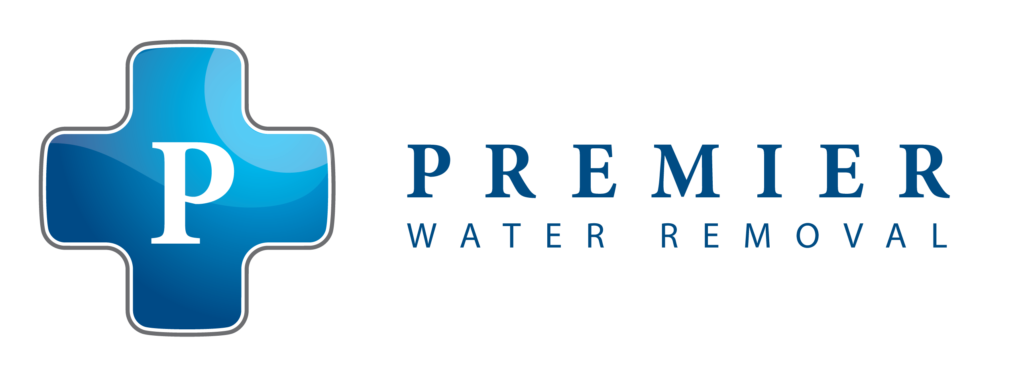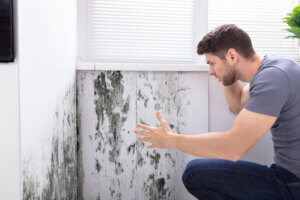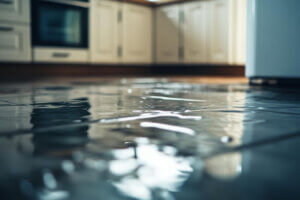Flood water removal is a challenging but necessary task to restore your home after a water disaster. When floods occur, acting quickly is essential to minimize damage and prevent long-term issues such as mold growth and structural weakening. Having the right tools on hand can make the process much more efficient and safer.
Safety should always be your first priority when dealing with flood water. Contaminated water can carry harmful bacteria and debris that pose serious health risks. Equip yourself with essential safety gear to protect against these hazards while you work on removing the water.
Once you secure your safety, the next step is to remove the standing water as quickly as possible. Effective water extraction tools can help you tackle this overwhelming task. Then, using drying and dehumidifying equipment ensures that your home returns to a dry and safe state. Finally, mold prevention and sanitation are crucial to maintaining a healthy living environment after all the water has been removed.
Using the proper tools not only helps speed up the flood water removal process but also protects your home and well-being. In this article, we’ll highlight the must-have tools for each stage of flood water removal to help you be prepared.
Essential Safety Gear for Flood Water Removal
Safety gear is a must when dealing with flood water removal. Flood waters can carry bacteria, chemicals, and sharp debris, posing numerous health risks. Equipping yourself with the right safety gear ensures you stay protected while you work.
Firstly, always wear waterproof boots to keep your feet dry and safe from contamination. Rubber gloves are another essential item. They protect your hands from hazardous substances and help prevent infections. Additionally, it’s important to wear eye protection, such as safety goggles, to shield your eyes from splashes and debris.
A face mask or respirator is necessary when you’re dealing with flood water, especially if there’s a risk of mold. These masks can filter out harmful particles from the air, protecting your lungs. Lastly, consider wearing waterproof coveralls to keep your body clean and dry. This clothing can help you avoid skin contact with contaminated water. Using these safety tools can significantly reduce your risk of injury and illness while handling flood water removal.
Effective Water Extraction Tools
Removing standing water quickly is essential to minimize damage. Effective water extraction tools can make this task more manageable. One of the most important tools is a wet/dry vacuum. These vacuums are designed to handle large volumes of water and can quickly remove standing water from floors and carpets.
Another useful tool is a submersible pump. These pumps are ideal for removing water from basements or other low-lying areas. They can operate under water and pump it out to a safe location, making the flood water extraction process faster and more efficient.
For smaller areas or hard-to-reach spots, a mop and bucket can be effective. While it requires more manual effort, it’s still a valuable tool for minor water removal tasks. Also, using heavy-duty squeegees can help push water towards drains and out of your home. By employing a combination of these tools, you can effectively manage and remove flood water, reducing the risk of further damage to your property.
Tools for Drying and Dehumidifying
Once the standing water is removed, drying and dehumidifying your space is the next crucial step. Leaving moisture behind can lead to mold growth and further damage to your home. One effective tool for this task is an air mover. Air movers, also known as industrial fans, help circulate air and speed up the drying process by creating high airflow across wet surfaces.
Dehumidifiers are also essential tools. These devices remove excess moisture from the air, reducing humidity levels. High-capacity dehumidifiers can handle large volumes of water vapor, making them perfect for flood-affected areas. Placing dehumidifiers in the affected rooms helps to dry out walls, floors, and other materials quickly and effectively.
Another helpful tool is a moisture meter. This device helps you measure the moisture levels in materials like wood and drywall. It allows you to identify areas that are still damp and need further drying. Using a combination of air movers, dehumidifiers, and moisture meters ensures that your home is thoroughly dried, preventing the risk of mold and additional damage.
Mold Prevention and Sanitation Equipment
After drying out your home, the final step is mold prevention and sanitation. Flood waters can bring in bacteria and contaminants that need to be properly cleaned. Mold can also start growing within 24 to 48 hours if moisture remains. Using the right tools and products can help you maintain a healthy and safe environment.
An effective mold prevention tool is an antimicrobial spray. These sprays kill mold spores and prevent them from growing back. Applying antimicrobial products to affected areas ensures that all traces of mold are eliminated. Moreover, a HEPA air scrubber can be used to clean the air. These devices remove mold spores and other airborne contaminants, improving indoor air quality.
Cleaning tools like scrub brushes and disinfectant solutions are also necessary. After applying antimicrobial sprays, use scrub brushes to clean surfaces thoroughly. Follow up with a disinfectant to kill any remaining bacteria and ensure the area is sanitized. Regularly inspect your home for signs of mold and moisture to catch any issues early and address them promptly.
Conclusion
Handling flood water removal effectively requires the right tools and a systematic approach. From essential safety gear to advanced drying and mold prevention equipment, each tool plays a crucial role in restoring your home and ensuring a safe living environment. Prioritizing safety, rapid water extraction, thorough drying, and meticulous sanitation helps prevent long-term damage and health hazards.
Floods can be overwhelming, but being prepared with the right tools can make the recovery process smoother and less stressful. Taking immediate action and knowing how to use these tools can save you time, money, and effort in the long run. Remember, the goal is to not only remove the water but also to prevent further issues like mold growth and structural damage.
If you ever find yourself in need of professional help with water removal services and damage restoration, Premier Emergency Water Removal is here for you. Contact us today to ensure your home is restored quickly and effectively.



